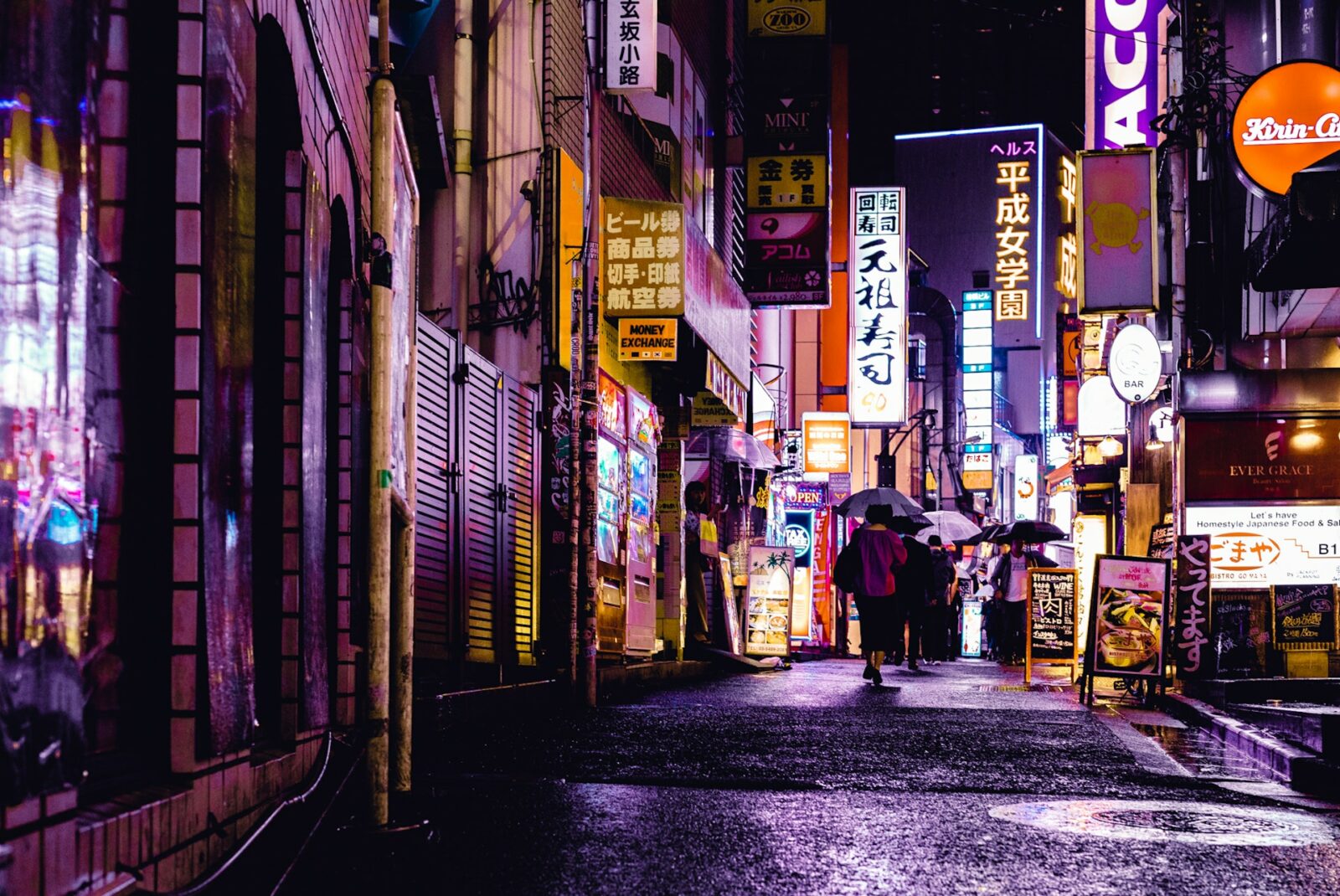
A designer’s goals and intent are often apparent when we carefully inspect how and why a product, service, or system was made and who was involved in its creation.
Learn about various design approaches.
This tool serves as a quick reference for a range of design approaches.
Design for people.
- Users: People who use the design have no say in the process and are an afterthought.
- Designers: The client or the designer knows best.
What about the product, service, or system you observe makes you believe that this outcome was made solely to meet the designer/client’s goals?
Design that considers people.
- Users: People who use the design were in the designer’s mind and maybe filled out a survey or did a focus group.
Designers: The designer or client should probably ask users what they think should be designed.
What about the product, service, or system you observe makes you believe that this outcome’s design considered people’s feedback and involvement?
Designing with people.
- Users: People who use the design are experts about their lives and actively participate in creating the design.
- Designers: The designer is an expert at the design process and creation and acts as a partner with users.
What about the product, service, or system you observe makes you believe that this outcome’s design was actively shaped by the people who use it in a partnership with designers?
Design by people.
- Users: People who use the design made it entirely.
- Designers: Are also users!
What about the product, service, or system you observe makes you believe that this outcome’s design was formatted entirely by the people who use it?
Design to provoke a response.
- Users: People who use the design engage with it on various levels (viewing, touching, writing inside, cranking, following its rules) and are made to think and consider often challenging content.
- Designers: The designer creates outcomes to stir an emotional response in the people who use them.
What about the product, service, or system you observe makes you believe this outcome was designed to spark a response?
Design used to accomplish unexpected goals.
- Users: People have an unmet need and co-opt a product, service, or system to accomplish that need even though the design was never intended to do this.
- Designers: The designer has no idea people are using the outcome this way.
What about the product, service, or system you observe makes you believe it’s being used for a totally different purpose than was intended?
References
Bredies, K., Chow, R., & Joost, G. (2010). Addressing Use as Design: A Comparison of Constructivist Design Approaches. The Design Journal, 13(2), 156–179.
Sanders, E. B.-N., & Stappers, P. J. (2012). Convivial toolbox: Generative research for the front end of design. Bis.
Sanders, L., & Stappers, P. J. (2014). From designing to co-designing to collective dreaming: three slices in time. Interactions, 21(6), 24–33.